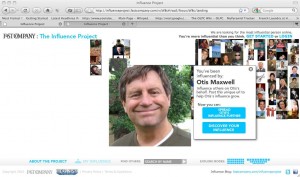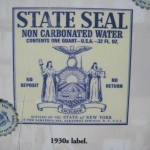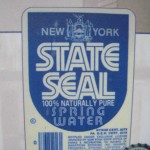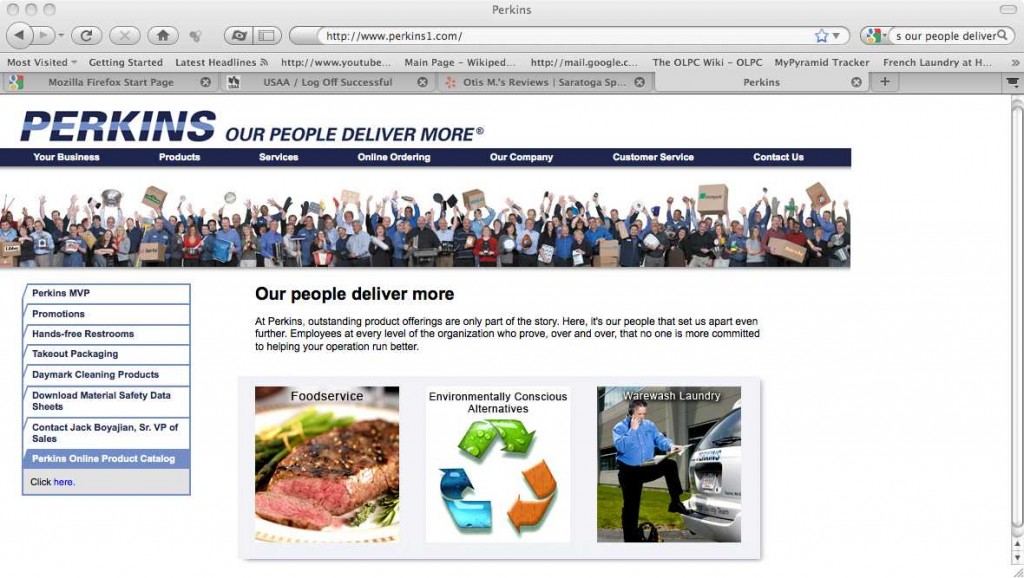Is anybody else getting the feeling that the writers on the AMC advertising series “Mad Men” are messing with our heads as they get a little closer to the present day? Last Sunday, on episode #405 “The Chrysanthemum and the Sword”, we had:
Roger referred to as being “out of the loop”, a phrase that could not have entered general conversation until knowledge of computer programming became widespread. Here’s a source that says its first published use (actually “in the loop”) was in 1970, though it’s acknowledged that it was used in the scientific community somewhat earlier.
Don taking his date to Benihana, a restaurant that was indeed opened in 1964 according to Wikipedia, with the first one in New York. However, it was very unsuccessful until the Beatles discovered it a year or two later so it seems unlikely it would have been as full as it was this night when Don ran into his rival for the Honda account.
And the week before, use of modern two-way mirrors for a focus group. Again, the internets tell us that focus groups were indeed a part of marketing as early as the 1960s but I have trouble accepting a modern setup vs sitting behind a curtain…. in fact I remember in my early advertising days (quite a bit later than 1964, by the way!) being admonished to be quiet because the participants could hear us.
Oh! And also recently, we find Peggy Olson hit on by the lesbian photo editor from Life she meets on the elevator. Peggy’s response: “I have a boyfriend!” For a conservative Catholic girl in 1964, wouldn’t a more appropriate response have been, “what are you doing?”
So not exactly untrue but skirting the edge of the truth, just enough to drive us, yes, Mad. And this is from somebody who took the trivia test on the AMC website and got 9 out of 10, by the way.
While I was at it, I forced myself to do a search for “Mad Men 9/11 falling man” because I have always recalled that unsettling photo as looking very much like the title sequence of Mad Men in which the ad man reclines as he plummets down the side of a skyscraper with a cocktail in hand. I had remembered the 9/11 falling man as wearing shiny black shoes and a crisp white shirt, neither of which is the case nor is he reclining. As horrible as it is to go back there, this realization gave me some relief. I have no doubt that the image is seared into the memories of the Mad Men producers but I will now accept that it could be unconscious, instead of them making a particularly cynical analogy. I’m glad they are not messing with us in this instance.



